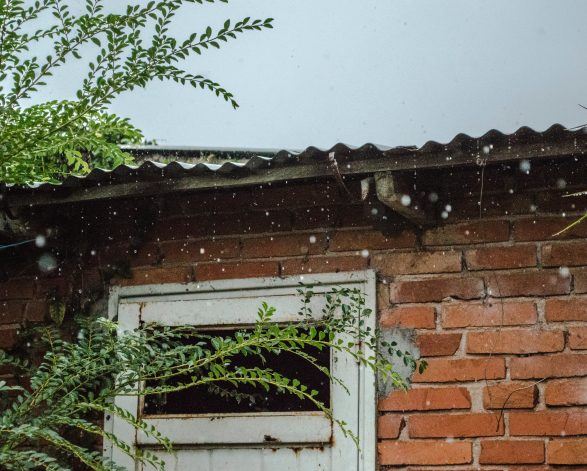New South Wales is undergoing yet another natural disaster. Following the 2019/2020 fires and the ongoing pandemic, many people are now facing the impact of flood risk to their lives and damage to their properties and belongings.
We acknowledge how incredibly difficult this time is for many people and are deeply saddened by the significant loss and impact to the community, our natural and cultural heritage during this time of crisis.
We are fortunate that no National Trust (NSW) properties have been significantly damaged at this stage, thanks to the hard work of our property staff and volunteers. Our thoughts are with our members, staff, volunteers, and communities across NSW who are affected by these floods. The National Trust extends its sincere gratitude to the outstanding work of the State Emergency Services, Defence Forces, volunteers, animal welfare and the many community groups who are tirelessly working to assist people.
The first priority is always keeping people safe and protecting life. However, when the floodwaters recede, many people will be contemplating how to salvage their personal belongings and homes. There are some very helpful resources available that can assist communities in mitigating the damage of these floods to heritage places and collections.
Useful resources
Blue Shield Australia
Blue Shield Australia has a list of resources to support the salvage and recovery of flood-damaged places and collections. Including information on:
- A video on salvaging water-damaged books.
- A list of resources about recovering flood-damaged collections.
- Recovering flood-damaged records.
- Steps to recover water-damaged materials.
- Preserving information.
- Preservation strategies for digital and physical records.
- First aid for water damage.
- Recovery of water damaged film and magnetic tape.
- Steps to recover records from disasters, especially those involving fire and water.
- Salvaging damaged collections.
- Videos and guides on recovering water, flood and insect damaged collections.
Visit the Blue Shield Australia website to find out more.
Australian Institute for the Collection of Cultural Material
The Australian Institute for the Collection of Cultural Material (AICCM) has a helpful factsheet called ‘After the Flood’ to assist people in salvaging precious flood-damaged items. They also have a list of other helpful links that you can access here.
Remember
Health and safety should be your top priority. Risks in flood-affected areas include mould, bacteria, disease pathogens and exposure to waste matter and effluents carried with floodwaters.
- Wear protective clothing when salvaging places and items, such as gloves, a mask and eye protection.
- Do not attempt to salvage belongings at the expense of your own safety.
- Avoid breathing in or touching hazardous materials.

 Twitter
Twitter Facebook
Facebook Linkedin
Linkedin Email
Email
I see a real need for swift action regarding advice for those effected after an incident.
In my area, Wagga, there is a serious lack of knowledge being given out after episodes.
The council run museum is hopeless, they can’t care for what they have, and refuse my offers of help.
The government needs to fund the correct persons to help victims of flood and fire.